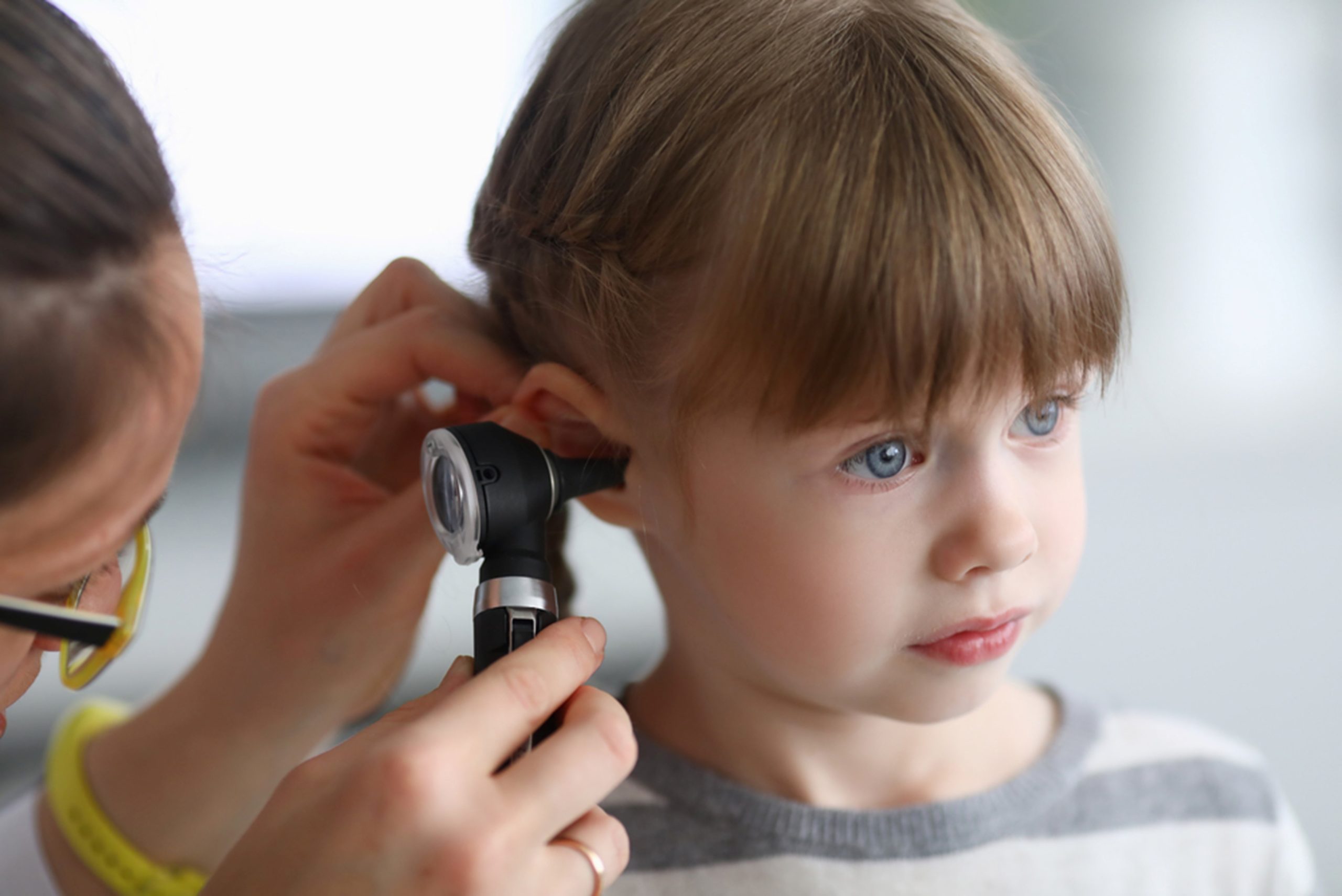Ear pain affects millions each year.
From minor ringing to excruciating pain and changes in hearing, ear problems are common, especially among children and teens. Although common, ear pain should not be ignored.
The more complicated part of ear pain is not knowing whether the pain is caused by an earache or an ear infection.
Understanding the differences between minor ear aches vs. painful ear infections is vital in getting you or a loved one the care and treatment you need sooner, especially if you need urgent medical evaluation.
Let’s discuss the differences in earache vs. ear infection in more detail.
What Is an Earache?
An earache is the umbrella term for pain in one or both ears.
Earaches can be tied to various ear-related issues and often mimic the same symptoms as an ear infection.
It is essential to note that an earache may be a sign that you have an ear infection.
Besides an ear infection, an earache can be caused by:
- Direct injury to the ear, head, or face.
- Cellulitis– an infection of the outer ear or ear lobe
- Nerve irritation
- A sore throat
- A jaw-related problem
- Referred pain from infections or inflammation somewhere else in the body
- Toothaches, cavities, or tooth root issues
- An allergic reaction to a chemical or allergen
- Water stuck inside the ear
- A rapid change in altitude
What Is an Ear Infection?
Ear infections are medically referred to as acute otitis media.
They involve inflammation and infection in the ear’s inner, middle, or outer portion.
Ear infections can affect one or both ears and are more common in children than adults, but anyone, at any age can develop one.
Typically, ear infections come in three separate categories:
- Middle Ear Infection affects the air-filled space behind the eardrum that contains the small, vibrating bones of the ear.
- Otitis Externa, or swimmer’s ear, is a bacterial infection that affects the outer ear canal. This type of infection is caused by stagnant water in the ear canal, which creates an unstable environment for bacteria to grow and multiply.
- Labyrinthitis is the inflammation of the inner ear or the nerves connecting the inner ear to the brain, usually caused by a cold or flu. This type is the least common.
Symptoms
The most common ear infection symptoms, regardless of type, include
- Ear pain, especially when lying down
- Fever of 100 degrees Fahrenheit or higher
- Fluid drainage
- Headache
- Loss of balance
- Trouble sleeping
- Tugging at the ears (especially in infants and toddlers)
- Difficulty hearing
The Main Differences Between Earaches vs. Ear Infections
In simplest terms, the most significant difference between an ear ache vs. an ear infection is the root cause.
In most ear infection cases, an earache is a symptom, especially for those with swimmer’s ear.
An ear infection is directly related to a problem with the affected ear, while an earache can sometimes be an indicator of an issue in another part of the body, such as the throat, mouth, or head.
An earache can be linked to many underlying causes, while an ear infection is directly related to one reason: an infection in one or more parts of the ear.
In most cases, ear infections are more serious than an earache.
If you are experiencing an excruciating earache or suspect that you may have an ear infection, you should visit your local urgent care facility or primary care doctor for further evaluation.
Effective Ear Infection Care at State Urgent Care
We understand the pain that an unexpected earache or ear infection can cause.
No matter what you think you may have, it is important to get your ears examined for proper diagnosis, care, and treatment.
An ear infection or earache not adequately treated can lead to worsening symptoms and long-term complications, including permanent hearing loss.
Don’t delay care. Simply walk in for the diagnosis and treatment you need now. We are open seven days a week with no appointments required.

